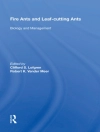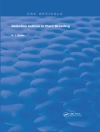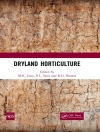The author explains the notation I have adopted in the transcription of the Hindu terms. The circumflex accent, as in d, i, 4, indicates that the vowel is long; the vowels r and I are transcribed by ri and li. It will be observed that u and 4 should be pronounced like the French sound ou, and that ai and au are always diphthongs. An aspirated consonant is followed by h, and this aspiration ought to be distinctly expressed after the principal articulation, as in inhhorn. Of the gutterals, g and gh are always hard, and the nasal of this order is marked by n, to be pronounced as in song. The palates c and j (and consequently their corresponding aspirates) are pronounced as in challenge, journey, and the nasal of the same order, % like this letter in Spanish. The lingual consonants, which, to our ear, do not differ perceptibly from the dentals, are rendered by t, th, d, dh, n. The sibilants c and sh are both pronounced almost as sh in English. The anusvara (the neuter or final nasal) is marked by ni, and the visarga (the soft and final aspiration) by h. The orthography has been rendered throughout rigorous and scientifically exact; only in a small number of modern names have I kept to the orthography in general use.
Debajit Sarma & A. K. Singh
Aquatic Resources And Fish Diversity Of The Himalayas [EPUB ebook]
Aquatic Resources And Fish Diversity Of The Himalayas [EPUB ebook]
Cumpărați această carte electronică și primiți încă 1 GRATUIT!
Limba Engleză ● Format EPUB ● Pagini 2 ● ISBN 9789390212903 ● Editura Narendra Publishing House ● Publicat 2017 ● Descărcabil 3 ori ● Valută EUR ● ID 8235994 ● Protecție împotriva copiilor Adobe DRM
Necesită un cititor de ebook capabil de DRM












